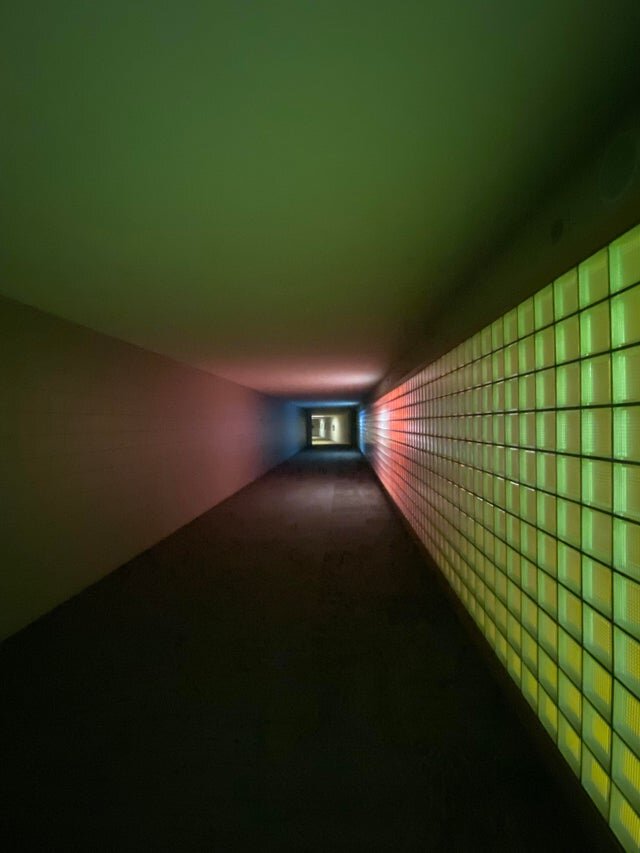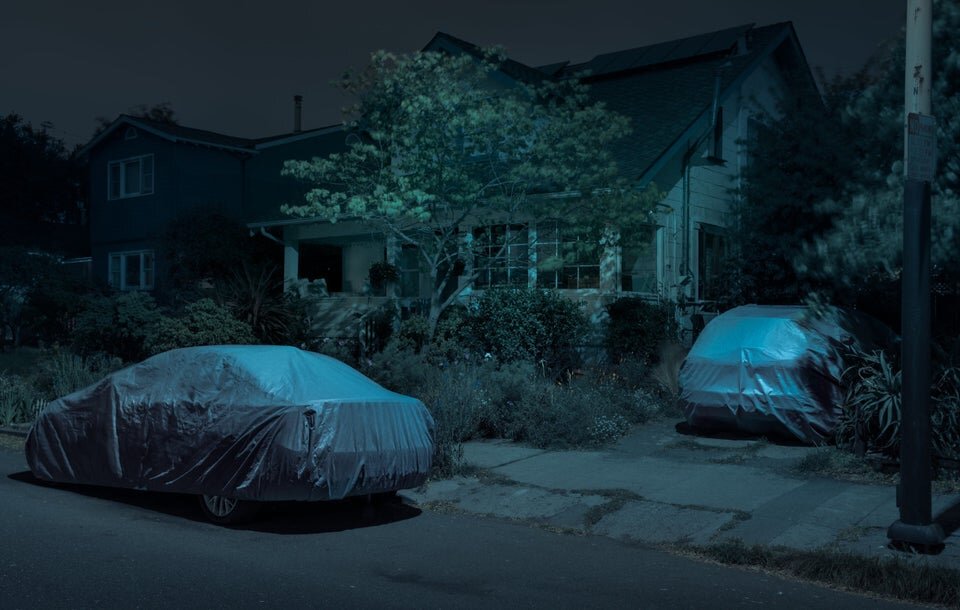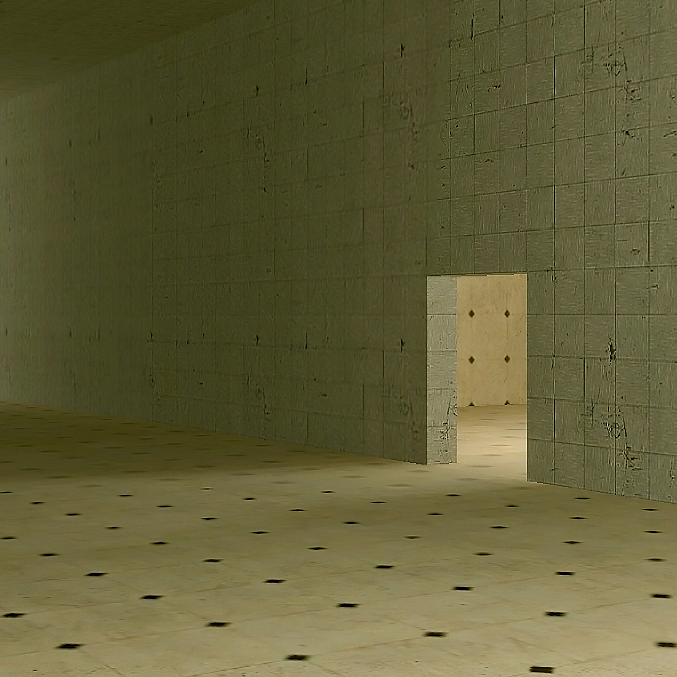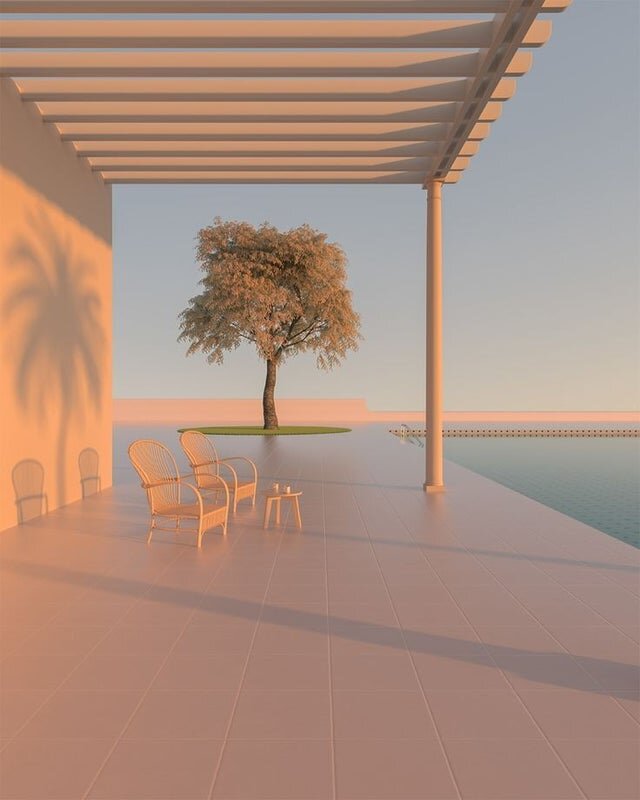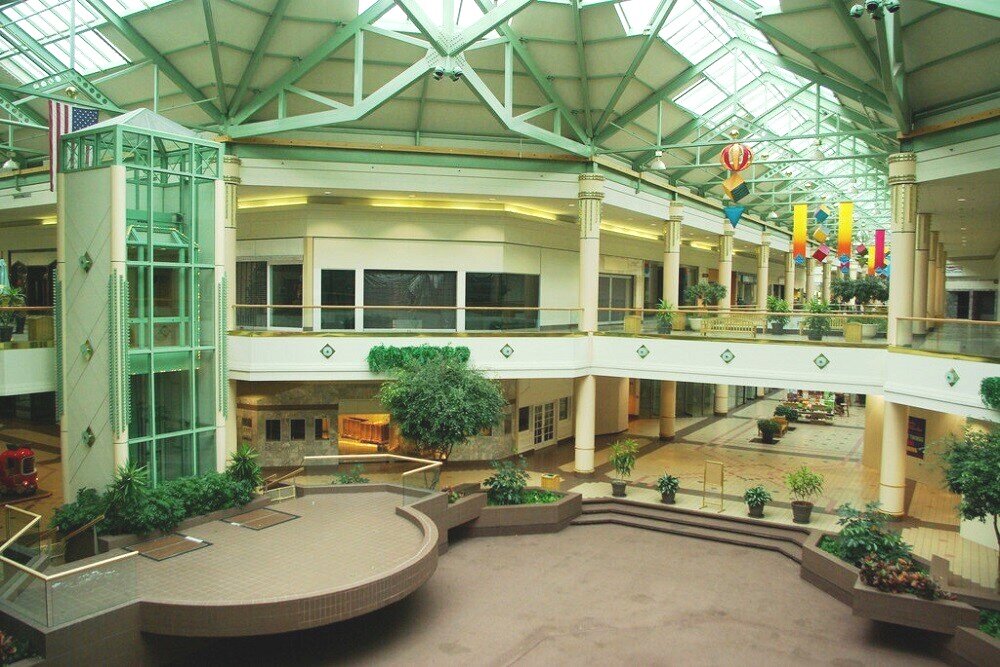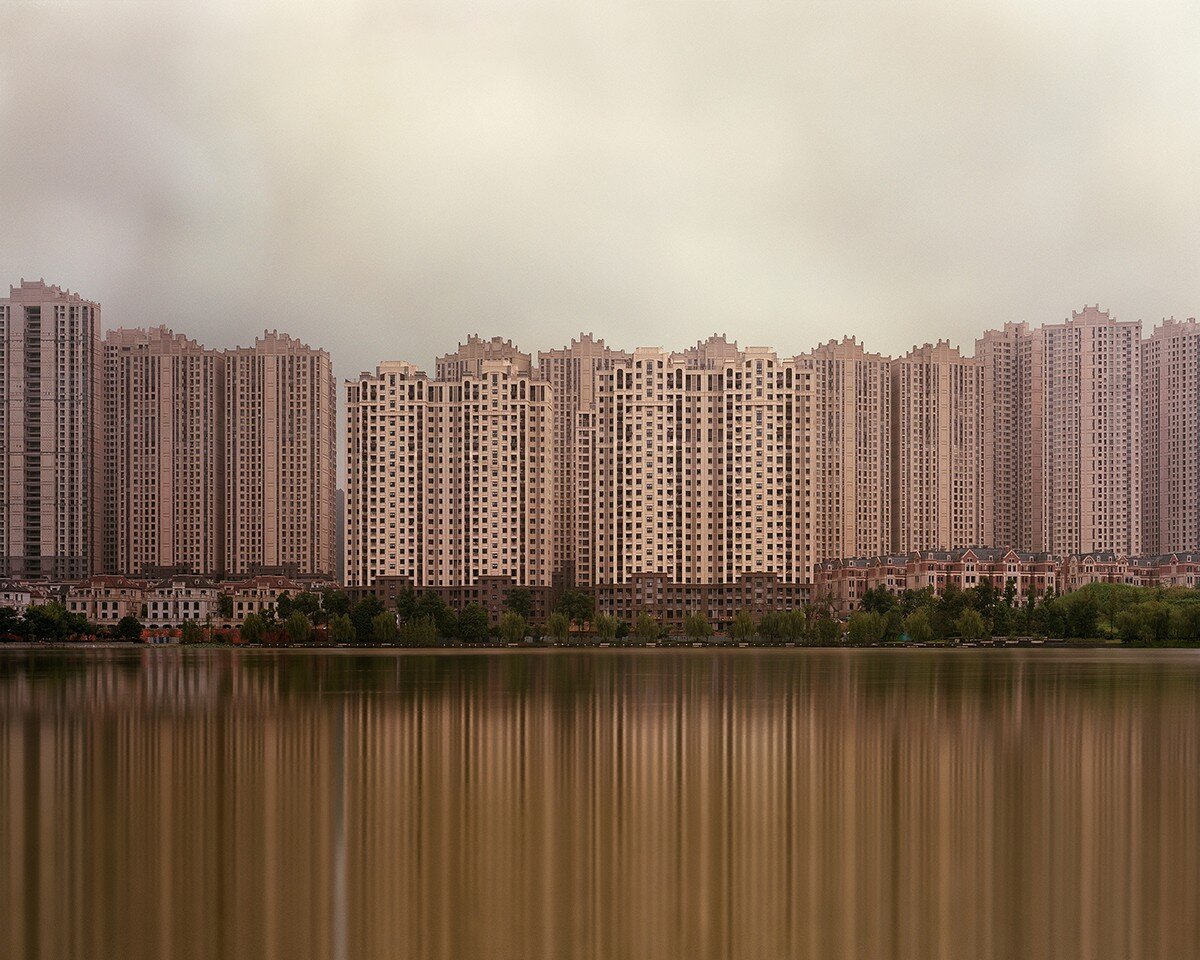LIMINAL SPACES - LOST IN UNKNOWABLE LONELINESS OF MODERN ARCHITECTURE
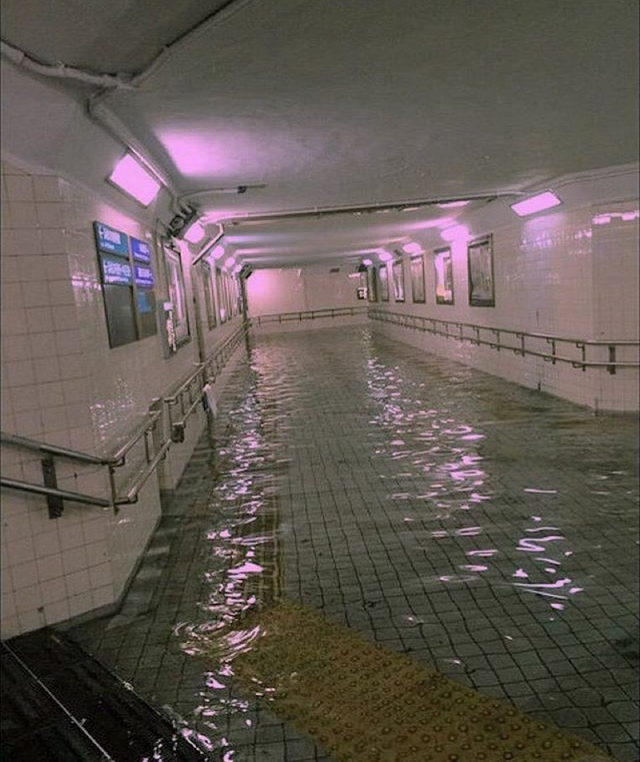
Liminal spaces are those weird, atmospheric, and sometimes eerie places, that look like the gateway to another realm.
In fact, they’re a bit hard to explain, prompting discussions about what constitutes a “liminal space”.
What we do know for sure, Liminal Spaces are the spaces in-between where you are and where you want to be.
Liminal Spaces are the loading zone...
This article is part of the on-going series “RAMCPU for sabukaru”. Examining the intersection of art, information and aesthetics, RAMCPU shares his uniquely critical perspective on contemporary art and media to shape the discourse between various discipline and schools of thought.
Most people can agree that the majority of photos that are submitted on r/liminalspace share that special quality of being a bit “off”…and that “off-ness” is indeed what makes a liminal space, “liminal”.
The word “Liminal” can be defined as being a “threshold” which is “barely perceptible”. A threshold could be the ghostly space before completing a rite of passage, or the ambiguous space in which we transition into another form. Liminal Spaces are perhaps, the unknowable, or unspeakable spaces that seem to be ever-present in our dreams. These are places in which appear real but because of their strange aura, we know for sure that they are indeed fictitious.
Why Liminality?
The reason why we are fascinated with these images of vacant, abandoned, and eerie locations is that, for the most part, they represent the false promises of the modern era. Perhaps, the best liminal space photos are the ones that show some sort of modern architecture. It could be a home, a commercial property, or the inside of a hotel or mall. These photos usually have no human subjects in the photos and in some cases, the interior spaces have no windows at all.
Sometimes, these claustrophobic images help us understand the loneliness and futility of modern architectural achievements. Without the distraction of living subjects in the photos, the sometimes absurd spaciousness helps us realize that even in the comfort of our own home, neighborhood, or city…we are in nothing more than an artificial desert, one made to distract us from the reality and spontaneity of our natural world.
But even worse, these interior spaces are like chambers. It is one thing to be lost in the wilderness, but to be lost in the hallways of your own creation, is another thing entirely.
The false promises of modern life, the promises that the “American Dream” was all we needed; that it was worth sacrificing for.
Today, with many families achieving a version of the suburban and urban life, access to information and people, the internet revealed to many of us…
That the idea of industry, suburbia, and consumption, was a bit misleading. We couldn’t buy our friends and family. People fundamentally do not want to be bought.
This falsehood is only reinforced by liminal spaces that show that lonely house on a hill. A home, meant to be the place for safety, for some, felt like the most unsafe place in the world. Take the American mall, the one that opened down the street from you, the one that promised to grant your family all the security through consumption. Of course, these institutions that promised us glory through purchases fell short every time, before vanishing, leaving behind a decaying shell of its former self.
This notion and fascination with “abandonment” or “decay” is not only explored in the west as it relates to the “American Dream”, but it may also be discovered in countries like Japan. Take Shane Thoms’s book Haikyo: The Modern Ruins of Japan, for example. In it, he highlights some of those most fascinating shells of modern expansion on the continent, capturing the lostness of gaming centers, amusement parks, and medical centers.
With Liminal Spaces as a subject of inquiry, we allow people to share their painful memories in a subtle and tasteful way, where we all can imagine a world without us. A world without human beings, a world where our larger than life creations are left behind. Will ghosts take over, will our fantasies and lust for world dominance haunt these lost structures even after we’re gone? Will nature take them over?
With Liminal Spaces we are able to come to terms with the confusing memories of our past and simultaneously imagine a future that will inspire us to build a better world than the one we were born into.
What do you think? What feelings do you get from Liminal Spaces?
About the author:
RAMCPU is a writer, philosopher, and creator of the media theory known as Arcadism. RAM writes about media, art, arcades. and internet subcultures.
His weekly newsletter is entitled "Arcade Press".
All images from:r/liminalspace

